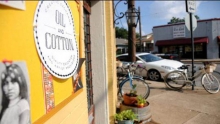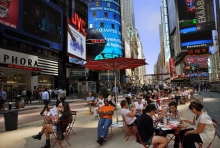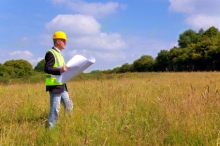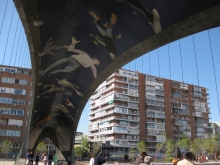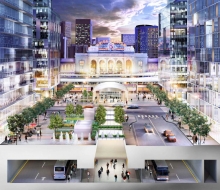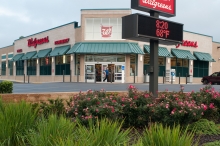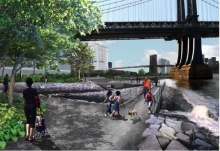(Thanks in part to Gehl Architects)
Over the past decade or so, New York City has been making dramatic improvements that emphasize the quality of life on the street, urban vitality, and sustainability. This is a most welcome shift that is part of a most welcome sea change. Specifically, the city has been carving out more spaces for pedestrians, bicycles, public transit, public gathering, and parks. New York City has no lack of pedestrians, and these improvements invite more. Planting a million trees and creating 200 miles of bike lanes are certainly New York City-sized moves. Like many cities, New York City is correcting the problems created by modernist planning and the predominance of the automobile, including damage to ordinary life for people on the street, where valuable urban vitality was traded for more lanes of traffic and parking lots.

